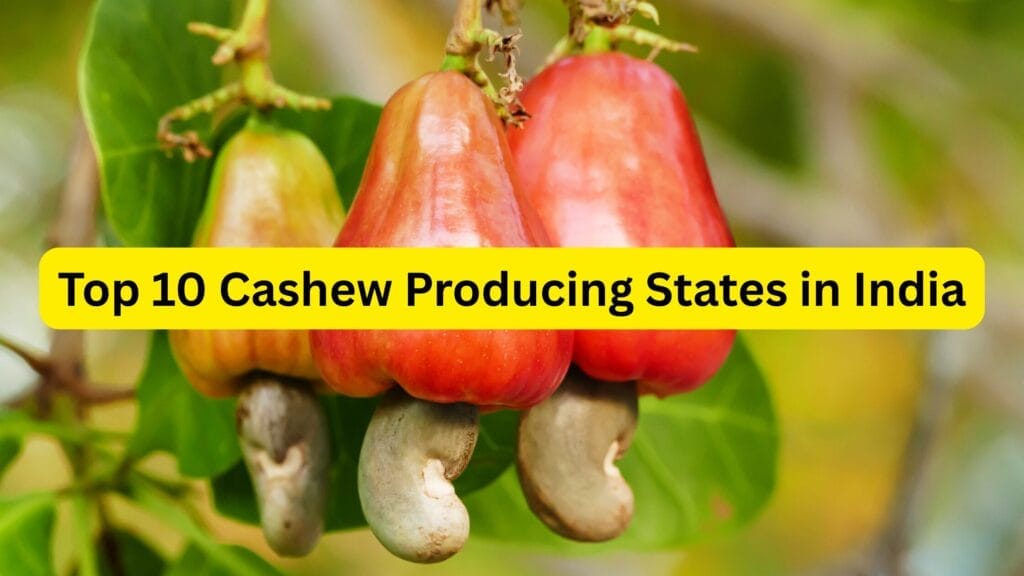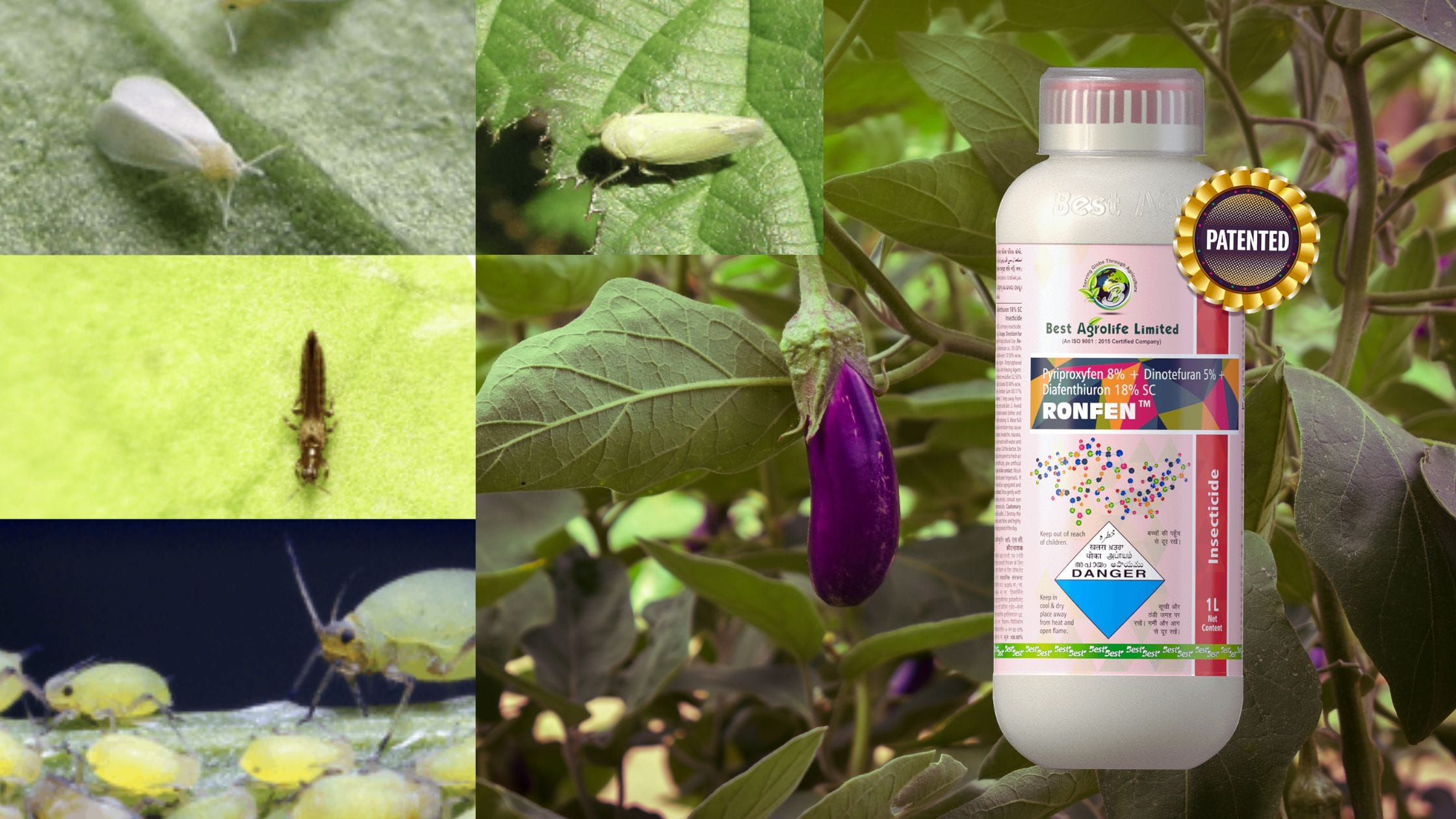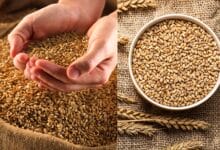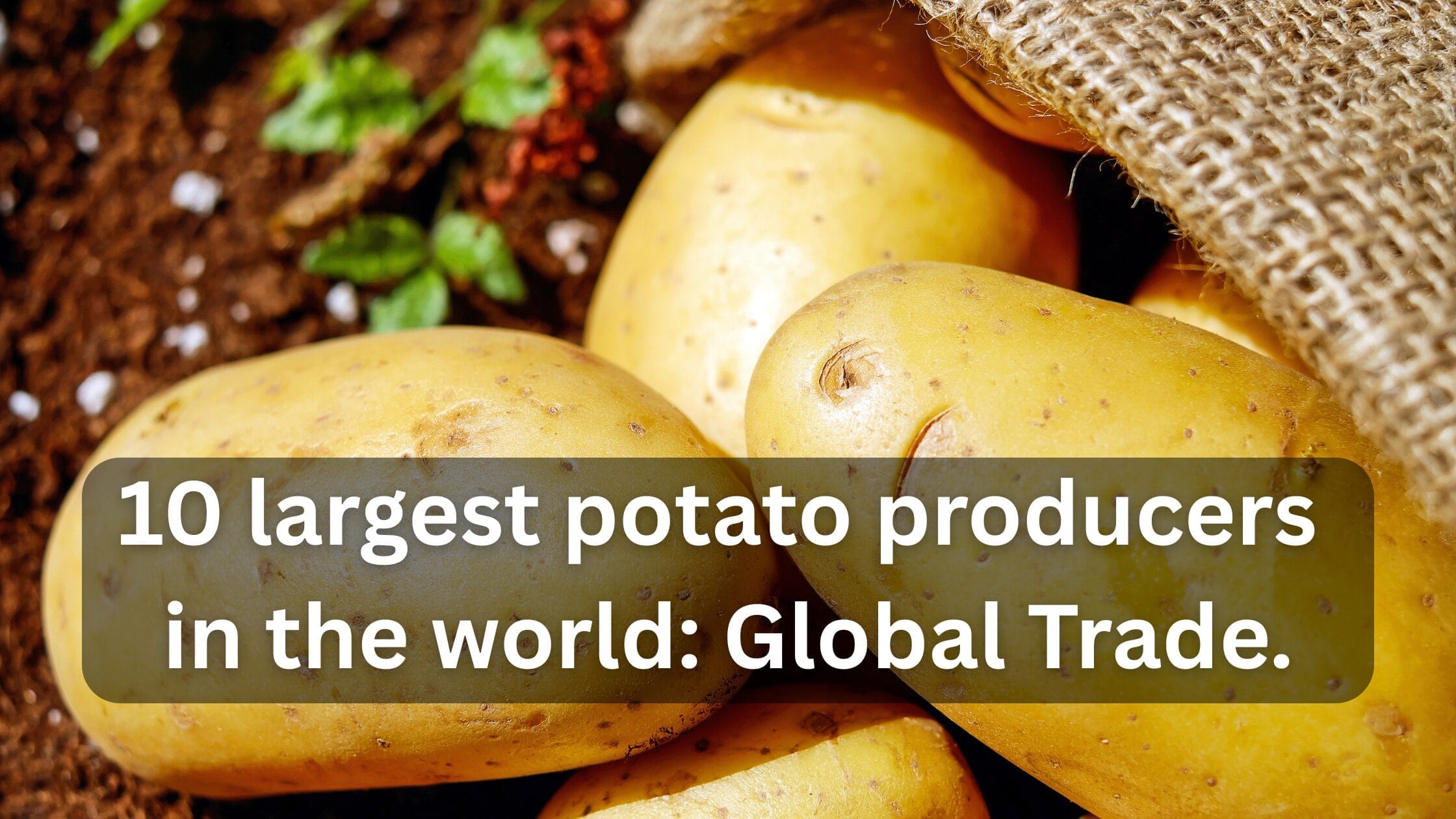Top 10 Cashew Producing States In India.

India is one of the world’s largest producers and processors of cashew nuts, making a significant contribution to the global supply and trade of this commodity.
Cashew cultivation is a vital part of India’s horticultural landscape, especially in coastal and tropical regions. This blog explores the top 10 cashew-producing states in India, highlighting their production capacities, regional advantages, and contributions to the national and global cashew economy.
Top 10 Cashew Producing States In India: Promoting export.
In India, the cashew market is undergoing significant evolution. Along with other dry fruits, the cashew plays a vital role in the Indian agricultural market. The Indian states are participating in the global economy as a major exporter of cashews.
1. Maharashtra – The Cashew Capital of India
Production: ~199,700 tonnes/year
Key Regions: Konkan belt – Ratnagiri, Sindhudurg, Raigad
Maharashtra leads in the top 10 cashew producing states in India, thanks to its favourable agro-climatic conditions in the Konkan region. The state has invested in high-yielding varieties and modern farming techniques, making it a powerhouse in both quantity and quality. Government schemes, such as MIDH and RKVY, have further boosted cultivation.
2. Andhra Pradesh – A Rising Cashew Giant
Production: ~127,200 tonnes/year
Key Regions: East Godavari, Visakhapatnam, Srikakulam
Andhra Pradesh is placed in the second position in the top 10 cashew-producing states in India, and has rapidly climbed the ranks in cashew production. The state benefits from a mix of traditional farming and modern processing units. Vettapalam serves as a central processing hub, and the state exports a substantial portion of its produce to international markets.
3. Odisha – Traditional Yet Transforming
Production: ~121,300 tonnes/year
Key Regions: Ganjam, Koraput, Rayagada
Odisha is ranked third among the top 10 cashew producing states in India and has a long history of cashew cultivation, particularly in tribal and coastal areas. The state government has promoted cashew as a means of livelihood for tribal communities, with support from the Directorate of Cashew and Cocoa Development (DCCD). Odisha is also expanding its processing infrastructure.
4. Karnataka – Quality Cashews from the Coast
Production: ~77,900 tonnes/year
Key Regions: Dakshina Kannada, Uttara Kannada, Udupi
Karnataka is ranked fourth among the top 10 cashew-producing states in India and is known for producing high-quality cashew kernels. Mangalore is a central processing and export hub. The state has adopted mechanised farming and processing techniques, and its cashew industry is well-integrated with global supply chains.
5. Tamil Nadu – A Blend of Tradition and Technology
Production: ~77,300 tonnes/year
Key Regions: Cuddalore, Ariyalur, Villupuram
Tamil Nadu’s cashew industry is placed in the fifth position in the top 10 cashew producing states in India, with a mix of smallholder farms and large-scale processors. The state has invested in research and development, promoting disease-resistant varieties and efficient irrigation systems. Madurai and Cuddalore are key centres for the cashew trade and export.
6. Kerala – The Historic Heart of Cashew Processing
Production: ~76,800 tonnes/year
Key Regions: Kollam, Kozhikode, Kannur
Kerala, especially Kollam, has been the traditional hub of cashew processing in India. Though its production has declined slightly, the state remains a leader in value-added cashew products and exports. Kerala’s cashew industry is known for its skilled labour and high-quality kernels.
7. Chhattisgarh – Emerging Cashew Frontier
Production: ~21,400 tonnes/year
Key Regions: Bastar, Kanker, Dhamtari
Chhattisgarh is a rising player in India’s cashew industry. The state has vast tracts of suitable land and is promoting cashew cultivation among tribal farmers. With government support, Chhattisgarh is expanding its processing capacity and aims to become a major contributor in the years to come.
8. West Bengal – Small but Significant
Production: ~11,500 tonnes/year
Key Regions: Midnapore, Bankura, Purulia
West Bengal’s cashew production is concentrated in its western districts. Although not a top producer by volume, the state has potential for growth and expansion. Local governments are encouraging farmers to adopt cashew cultivation as a cash crop, and small-scale processing units are being established.
West Bengal is placed eighth in the top 10 cashew producing states in India,
9. Meghalaya – Cashew in the Hills
Production: ~10,000 tonnes/year
Key Regions: Ri-Bhoi, West Garo Hills
Meghalaya is one of the few northeastern states cultivating cashew. The hilly terrain and moderate climate are well-suited for cashew farming, and the state is exploring organic and sustainable cultivation methods. Meghalaya’s cashew industry is still in its infancy but shows promise.
10. Gujarat – The Western Contributor
Production: ~6,700 tonnes/year
Key Regions: Valsad, Navsari, Junagadh
Gujarat’s contribution to cashew production is modest, but it is growing. The state has favourable conditions in its southern districts and is investing in irrigation and hybrid varieties. Gujarat also has a strong agro-processing sector that supports cashew value addition.

Why These States Lead in Cashew Production?
It’s a common question: why have these states become among the top 10 cashew producing states in India? Several factors contribute to the success of these states:
- Agro-climatic suitability – Cashew thrives in tropical and coastal climates.
- Government support – Schemes like MIDH, RKVY, and DCCD initiatives promote cultivation.
- Processing infrastructure – States like Kerala and Karnataka have advanced processing units.
- Export orientation – Maharashtra, Andhra Pradesh, and Tamil Nadu have strong export networks.
Future Outlook
The top 10 cashew producing states in India are poised for growth, driven by increasing domestic consumption and robust global demand. The government aims to expand cashew cultivation by 1.2 lakh hectares and modernise processing units. States like Chhattisgarh and Meghalaya are expected to play a larger role in the future.
Government Initiatives Supporting Cashew States
- MIDH (Mission for Integrated Development of Horticulture) – Supports area expansion and infrastructure.
- RKVY (Rashtriya Krishi Vikas Yojana) – Promotes cashew in non-traditional areas.
- DCCD (Directorate of Cashew & Cocoa Development) – Provides technical and financial support.
- CEPCI (Cashew Export Promotion Council of India) – Facilitates export promotion and trade fairs.
- CEPC Laboratory & Technical Division.
- Ministry of Commerce and Industry.
Conclusion
The top 10 cashew producing states in India indicate the backbone of a thriving industry that supports millions of farmers and processors. From Maharashtra’s dominance to Meghalaya’s emerging potential, each state contributes uniquely to the cashew value chain. With continued support and innovation, India is set to maintain its leadership in global cashew production and trade.
Also Read: Top 10 Profitable Indian Agricultural Products for Export.
-
Agriculture Powers 15–20% of India’s Economy, Says Scientific Advisor Ajay Kumar Sood.

New Delhi – Principal Scientific Advisor to the Prime Minister, Ajay Kumar Sood, has highlighted that agriculture continues to play a crucial role in India’s growth, contributing 15–20% to the national economic output. Speaking at the Dialogue NEXT event, organised by the Indian Council of Agricultural Research (ICAR) in the capital, Sood underlined that the…
-
RONFEN Insecticide: A Complete Guide for Farmers

RONFEN Insecticide In modern agriculture, one of the biggest challenges farmers face is crop loss due to insect attacks. Pests not only reduce yields but also affect the quality of the produce. To tackle these challenges, farmers rely on innovative crop protection products like RONFEN, a powerful insecticide designed to provide long-lasting protection against a…
-
Grow Dragon Fruits: Care, Benefits, and Global Significance.

1. Introduction Dragon fruit, also known as pitaya, is a striking tropical fruit with vibrant flesh and rich nutritional value. Its low-maintenance cultivation, economic promise, and growing international demand make it an increasingly attractive crop. Here’s how to develop it safely and understand why certain regions dominate its production worldwide. 2. Water, Soil, Sunlight &…








